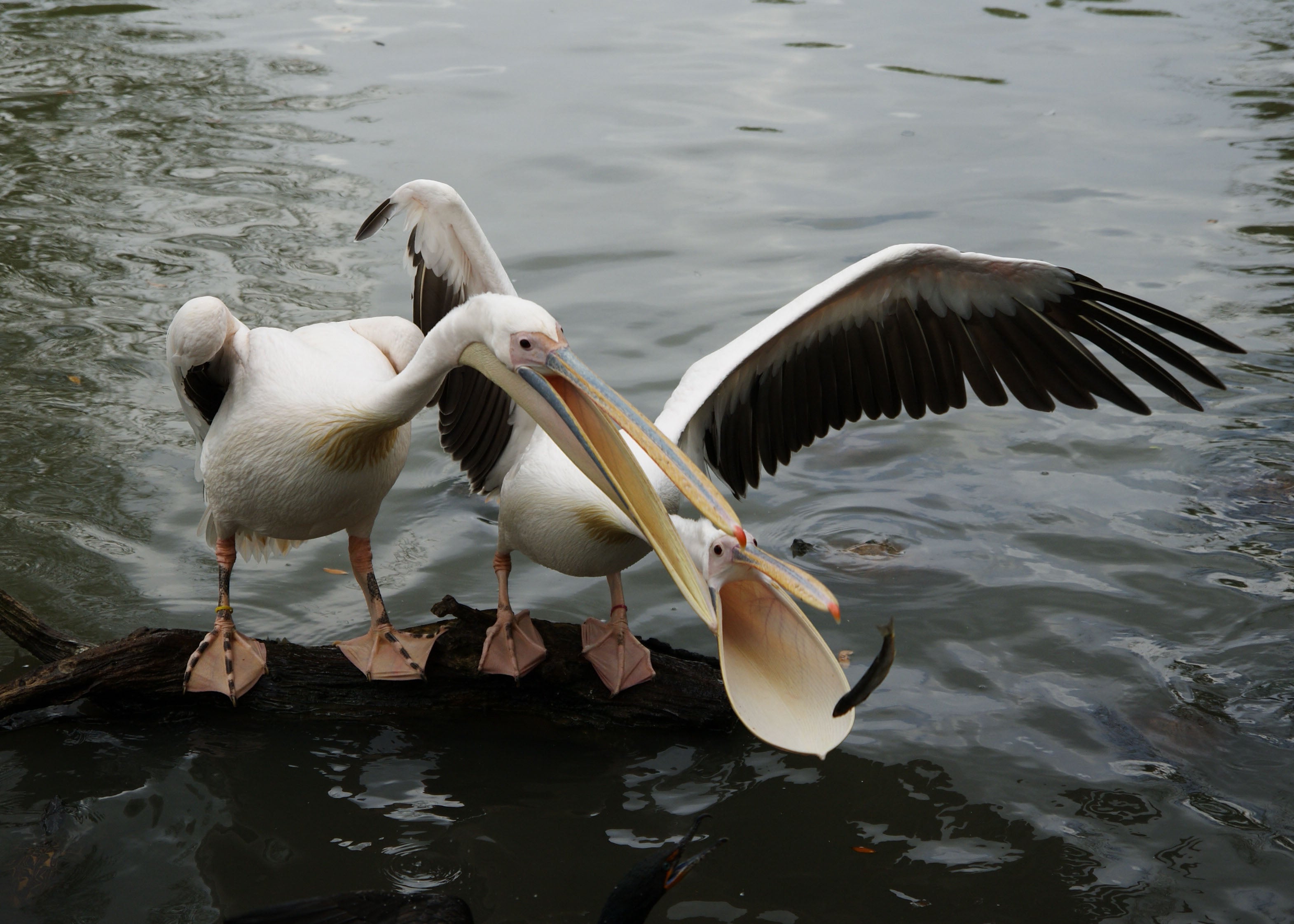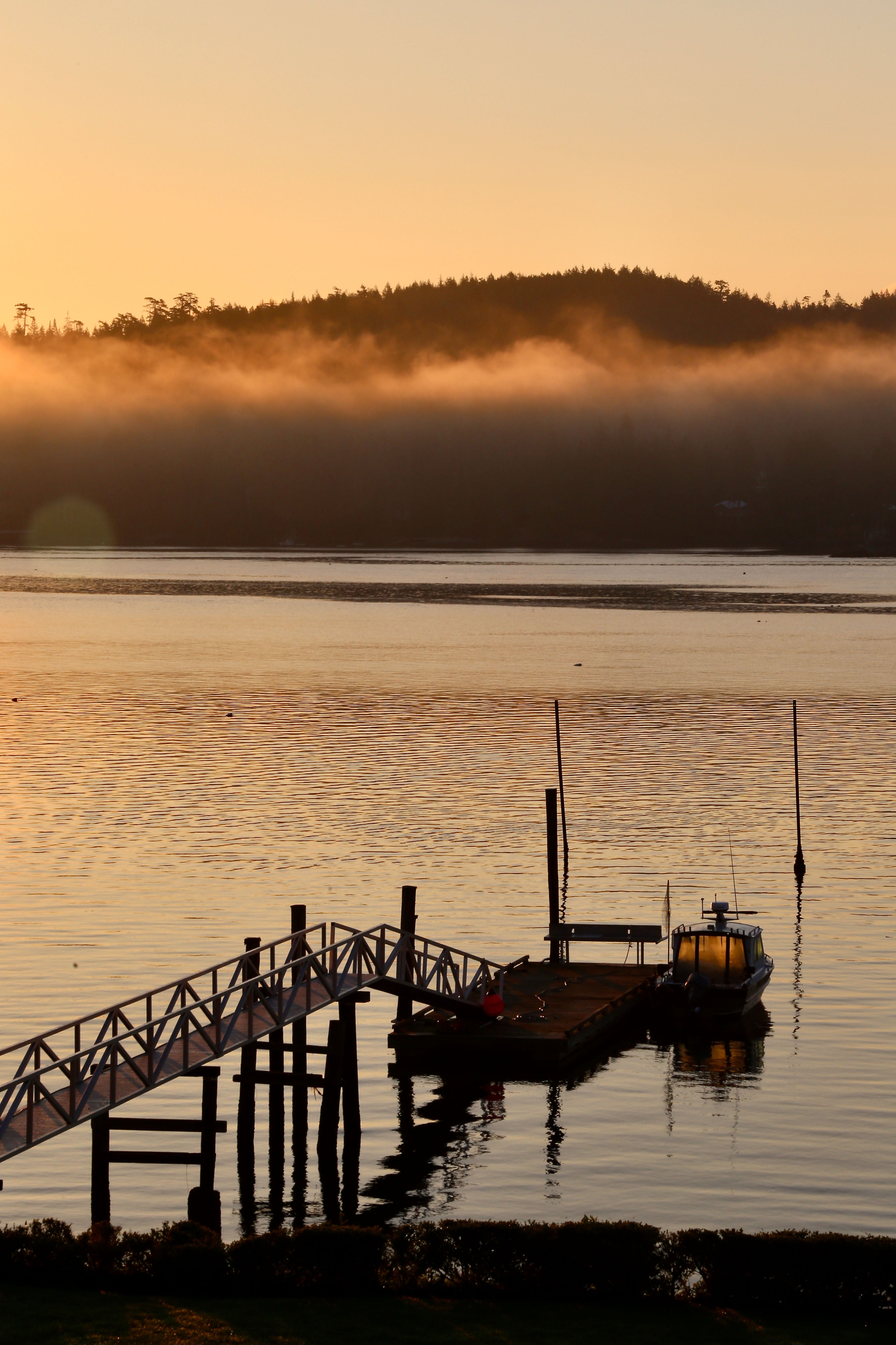How to take Instagram-worthy travel photos
Finally going away this year? Nevin Martell shares his tips for taking the best possible photos

Your support helps us to tell the story
From reproductive rights to climate change to Big Tech, The Independent is on the ground when the story is developing. Whether it's investigating the financials of Elon Musk's pro-Trump PAC or producing our latest documentary, 'The A Word', which shines a light on the American women fighting for reproductive rights, we know how important it is to parse out the facts from the messaging.
At such a critical moment in US history, we need reporters on the ground. Your donation allows us to keep sending journalists to speak to both sides of the story.
The Independent is trusted by Americans across the entire political spectrum. And unlike many other quality news outlets, we choose not to lock Americans out of our reporting and analysis with paywalls. We believe quality journalism should be available to everyone, paid for by those who can afford it.
Your support makes all the difference.As a travel journalist, I take hundreds of pictures per day. The most striking ones aren't simply of beautiful people in beautiful places. They’re the ones that capture travellers revelling in their journeys, that reveal how a destination’s people live, and that convey the soul of a place. My goal is to document my fleeting experiences in a way that brings them to life for those who aren’t with me. And, yes, I admit it, I don’t mind getting a bunch of likes on Instagram, too.
• Sometimes you’ll get lucky and take a great shot without much thought or preparation. However, most five-star pics require a basic understanding of the fundamentals of photography and a little work. You don’t need to buy any fancy equipment; the camera on your phone will do the trick, though a DSLR or mirrorless camera will give you more flexibility and options. If you follow these tips, you’ll come home with pictures that will wow, whether you’re putting them up on the fridge or posting them online.
• Let your phone help you look like a pro. Become familiar with your phone’s self-timer function, so you won’t need assistance to take a picture of yourself. A next-level option is the Apple Watch’s Camera Remote app, which pairs with your iPhone so you can see through your camera’s viewfinder on your watch’s screen and set a timer there. Turn on your phone’s camera grid, which divides your screen into nine equal parts using two equally spaced vertical lines and two equally spaced horizontal lines. This serves as a visual reminder of the rule of thirds, where key compositional elements are placed along the lines or at their intersections to create visually pleasing photos.
• Check your gear. Before you head out, make sure your battery is fully charged. If you have a camera, bring an extra battery; if you're using your phone, consider investing in a portable charger. If your camera has an interchangeable lens, bring several lenses of varying focal lengths: macro, wide angle and telephoto. Always pack a microfibre cloth to clean your lenses.
• Work with the light. Ideally, you want the sun at your back or just off to your side when you take a picture, so it illuminates your subject. Don't shoot your subject in front of the sun or other bright light source; this will cause backlighting, which will create a dark mess of shadows.
The best light of the day is during its golden hours: roughly the hour following sunrise and the hour before sunset. This gentle, ample light will lend your pictures the richest, most vibrant colours. To harness its potential can mean getting up early or delaying your dinner plans, but your pictures will pop.
If there’s a great sunset, there still has to be something else to make it unique. And if there’s something with great colour, you still have to compose the image impeccably
Although the middle of the day might seem like a great time to shoot because there’s so much light, that’s not necessarily true. The light is harsh, which isn’t always flattering to subjects, and it creates strong shadows. That doesn't mean you can’t get wonderful photos at midday. “When the sun casts shadows, it creates beautiful patterns on things that can be very striking,” says professional travel photographer Lola Akinmade Akerstrom. “It can also create a natural spotlight. Wait for someone to walk into that light, then you take your shot.”
• Remember the fundamentals. A photograph has the potential for great colour, light, composition and what photographers call a “decisive moment,” which takes the action from meh to meaningful. “You don't have to have all four, but you must have at least two,” says Nevada Wier, a professional travel photographer. “So, if there's a great sunset, there still has to be something else to make it unique. And if there’s something with great colour, you still have to compose the image impeccably.”
• Get out of the middle. “There is a near-universal tendency to centre a subject in the middle of the frame,” says professional travel photographer and journalist Christopher Baker, who suggests thinking outside the middle of the box. “If you are going to photograph a group of people in front of a landmark, don’t put them in a straight line. Stagger them instead. Put a single subject to the left or right of your frame.”

• Watch your background. Amateur photographers often fixate on the person they are shooting, while completely forgetting about what’s going on behind the subject. Unfortunately, a messy background makes for a messy photo. “Eliminate everything that doesn’t matter in the image, and pay attention to composing what does matter,” says Wier, emphasising that this might mean moving your subject, moving yourself or moving something distracting that is within the frame of the shot.
• Get different perspectives. Don’t shoot a person, place or object from a single angle; photograph them from a variety of perspectives. An easy way to capture an interesting array is to start with wide-angle establishing shots, then work closer and closer to your subject until you’re focusing on the finest of details. Along the way, consider photographing from low and high vantage points, as well as getting both action shots and still lifes.
• Think of a theme. Sometimes you’ll come across a festival or market bursting with seemingly endless photo opportunities. It can be so overwhelming that you won’t know where to point your camera. “What’s fun is to start thinking about a theme for your photographs,” Wier says. “Look for the colour pink or look for hats. If you give yourself a theme, you start noticing things.”

• Get out of your comfort zone. Maybe you love taking pictures of every meal you eat, or perhaps your focus is landscapes. However, when you travel, you need to document all the elements of your destination, “because it’s everything together that tells a story of a place,” says Akerstrom, who also suggests travellers look at pictures of their destination on Google and Instagram before they go, so they can push themselves to get different images.
• Make famous landmarks accessories. “Some of the most compelling photos of landmarks are when they are in the background and you’re capturing how life moves around it,” Akerstrom says. For example, if you want a striking image of the Eiffel Tower, go to a cafe where you can see it in the background. Focus your photo on the action at the cafe, such as a server handing someone a cocktail or a diner sipping an espresso, while keeping the Eiffel Tower in the back as a supporting cast member in this miniature drama.
• Don’t forget the people. Pictures of people bring a place alive in photos. Be respectful by politely engaging with them and asking their permission to shoot. It can be intimidating to approach strangers, and it is sometimes difficult to navigate language barriers, but creating those relationships will pay off. Once you have the go-ahead, don’t stand back and lurk with a telephoto lens. “Closer is better,” Baker says. “Get up front and personal. Engage. I’ll sometimes have my camera 18 inches from someone’s face.”
• Slow down. “Getting a great shot is about anticipating, observation and patience,” Akerstrom says. That means taking your time. Don’t think you can rush through your trip, snapping perfect pictures. Consider your subject and the options to photograph it, then wait for the right moments to capture it.
• Stop taking pictures! Occasionally, put down your camera for a stretch. “It’s so often that I’ve been on assignment and so dedicated to get photos to please an editor that, at the end of the trip, I realise I didn’t have time to enjoy the people, the place or the experience, because I was always thinking about moving on to get the next shot,” Baker laments. Don’t make this mistake. Remember to savour your trips and live in the moment while you’re on them.
© The Washington Post




Join our commenting forum
Join thought-provoking conversations, follow other Independent readers and see their replies
Comments